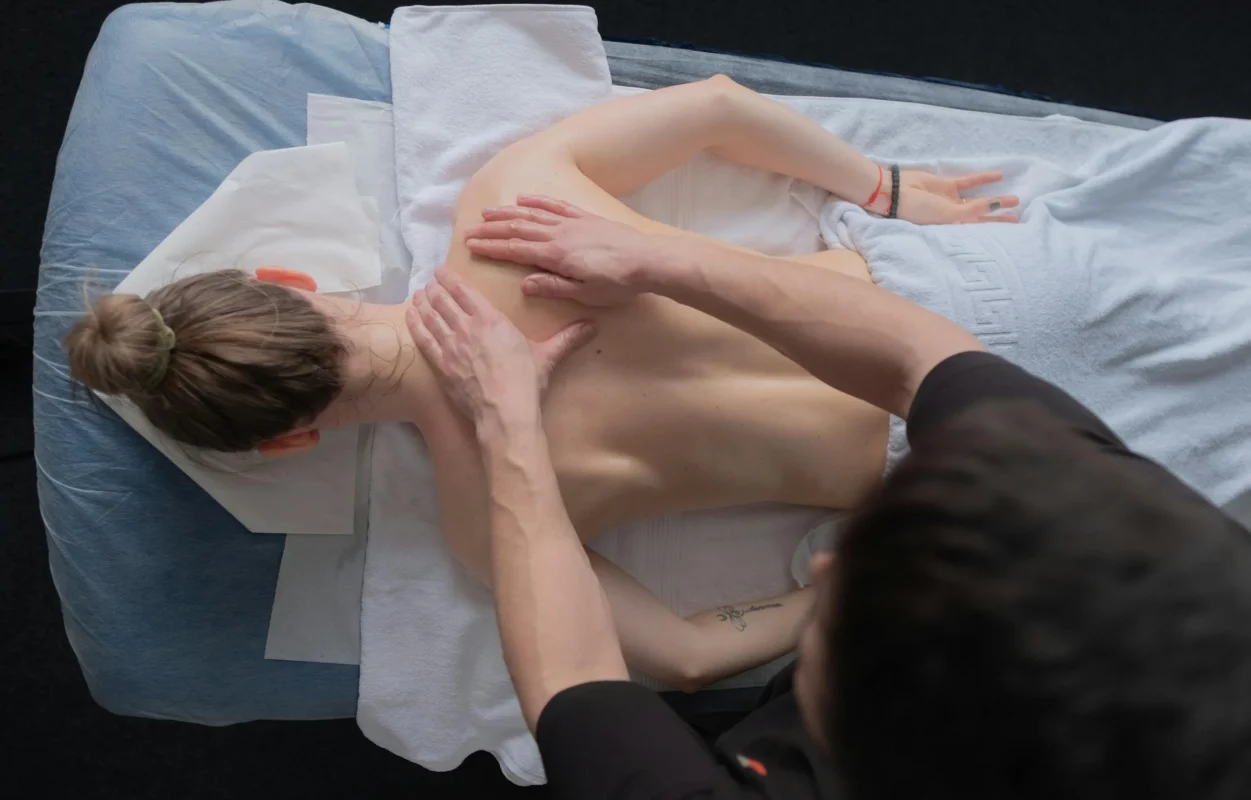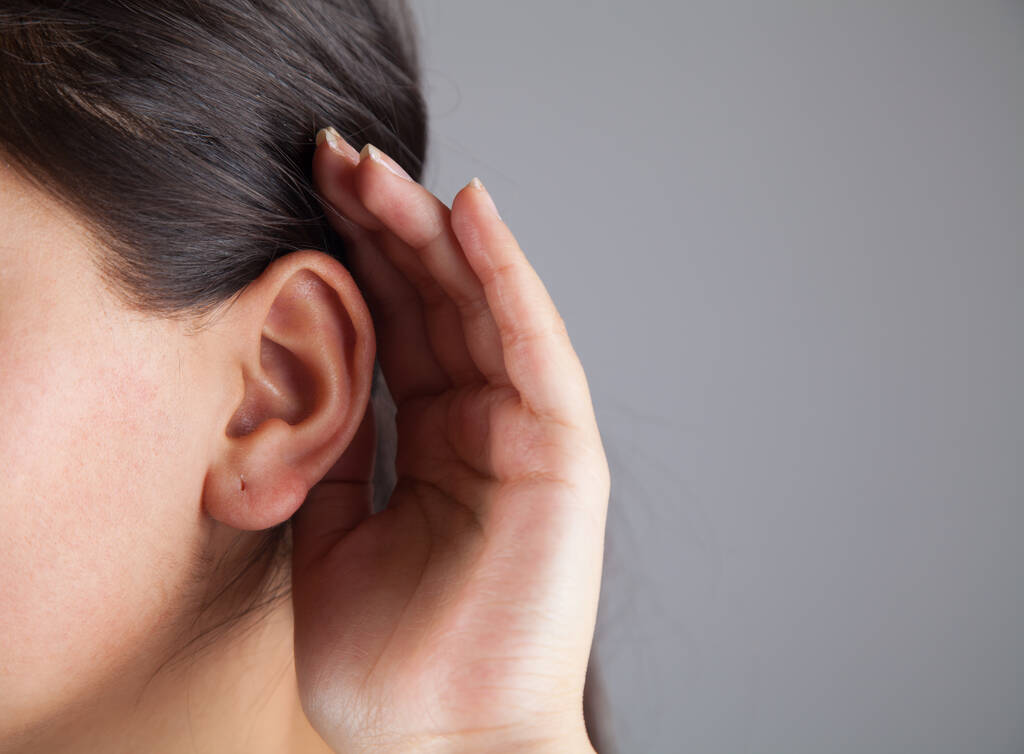Blog
Rehabilitation for Substance Abuse: A Journey Towards Healing

Addiction doesn’t discriminate. It can affect anyone, regardless of age, background, or lifestyle. The journey towards recovery is challenging but filled with hope and opportunities for healing. Understanding the stages of rehabilitation can pave the way for a successful recovery.
The Grip of Addiction and Opening Statistics and the Human Cost
Substance abuse is a serious issue. In the United States alone, nearly 20 million adults struggle with substance use disorders. This crisis comes with substantial social and economic costs. Families are torn apart, health deteriorates, and lives are lost. The impact is not just on the individual but reaches loved ones, friends, and communities. Recovery is not just possible; it’s necessary for rebuilding lives.
The Power of Rehabilitation

Holistic drug rehab provides a beacon of hope. Programs are designed to help individuals regain control and rebuild their lives. They offer the tools needed to combat addiction and promote lasting change. Engaging in this journey can lead to a healthier and more fulfilling future.
Setting the Stage and What to Expect From This Guide
This guide will explore the types of rehabilitation programs available, the process of recovery, support systems, challenges faced, and resources for your journey. It’s a comprehensive overview to assist anyone seeking help for substance abuse.
Types of Rehabilitation Programs: Finding the Right Fit

Inpatient vs. Outpatient Treatment Options
Choosing the right program is essential. Here’s a quick comparison:
- Inpatient Treatment:
- Reside at the facility
- Intensive care and support
- Focus on detox and therapy
- Outpatient Treatment:
- Attend sessions while living at home
- More flexible, allowing for daily responsibilities
- Ideal for less severe addictions
Therapies & CBT, Motivational Interviewing, and More

Evidence-based therapies have a proven track record in recovery. Some common types include:
- Cognitive Behavioral Therapy (CBT): Helps change negative thought patterns.
- Motivational Interviewing: Encourages individuals to find personal motivation for change.
- Contingency Management: Offers rewards for positive behaviors.
Holistic Integrating Mind, Body, and Spirit Approaches
A holistic approach can be beneficial as well. This may include:
- Yoga and meditation
- Nutrition and healthy living
- Art and music therapy
These methods focus on the individual as a whole, not just the addiction.
The Rehabilitation Stages and Milestones

Detoxification Managing Withdrawal Symptoms Safely
Detox is the first step in rehabilitation. It’s crucial to manage withdrawal symptoms in a safe setting. Medical supervision helps reduce risks and ensure comfort during this difficult time.
Therapy and Counseling Addressing Underlying Issues
Once detox is complete, therapy becomes essential. Individual and group sessions tackle the root causes of addiction. They allow individuals to explore feelings, fears, and triggers.
Aftercare Planning Long-Term Sobriety
Aftercare is vital. It involves creating a plan for continued support post-rehabilitation. This might include ongoing therapy, support groups, and developing healthy routines. This planning helps ensure lasting recovery.
Support Systems a Network for Lasting Recovery

The Importance of Support and Understanding
Families play a critical role in recovery. Open communication and support can help loved ones heal together. Educating family members about addiction fosters understanding and compassion.
Peer Support Groups Sharing Experiences
Peer support groups, like AA or NA, provide a sense of community. Sharing experiences with others who understand addiction fosters connection. These groups often help maintain motivation and accountability.
12 Step Programs and Alternative Support Systems
12-step programs are widely recognized. They offer a structured approach to recovery. Alternative support systems, like SMART Recovery, focus on self-empowerment and practical strategies.
Common Challenges and Relapse Prevention

Recognizing Triggers and High-Risk Situations
Identifying triggers is key to avoiding relapse. Common triggers include stress, social situations, or certain environments. Being aware of these can help individuals prepare and respond effectively.
Developing Coping Mechanisms and Healthy Habits
Creating a toolbox of coping strategies is essential. This may include:
- Exercise
- Reading
- Spending time with supportive friends
Healthy habits promote overall well-being and help counteract cravings.
The Role of Self-Compassion and Forgiveness
Self-compassion is a powerful tool in recovery. Embracing forgiveness for oneself helps reduce feelings of guilt and shame. Understanding that recovery is a journey with ups and downs makes it easier to stay committed.
Conclusion
Finding the right professionals is crucial. Look for licensed therapists specializing in addiction. Local support groups also provide valuable resources and connections.
- The internet offers numerous online resources.
- Websites and forums provide information, advice, and community support.
- Utilize these platforms for added help.
- Investing in health is vital for maintaining recovery. Regular exercise,
- A balanced diet, and mindfulness practices greatly contribute to overall well-being.
Rehabilitation is a journey of healing. It’s important to remember that recovery is possible. With the right support and resources, individuals can reclaim their lives.


